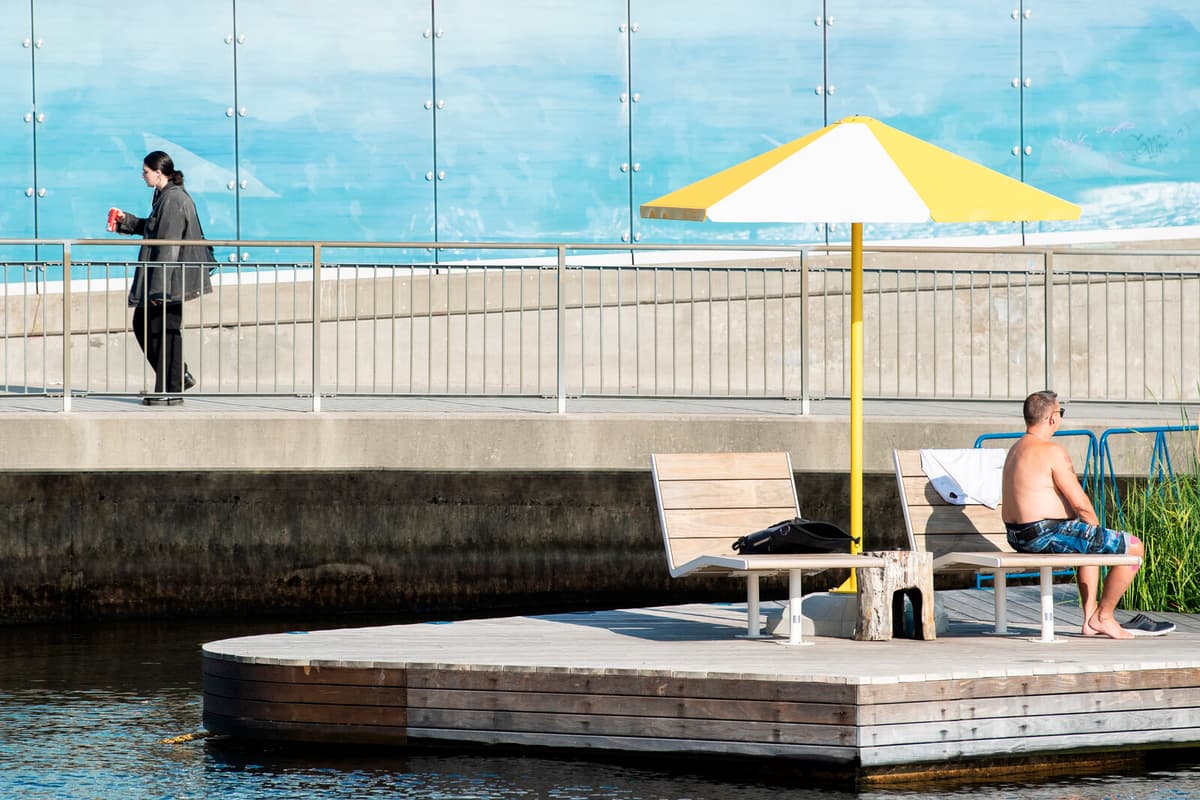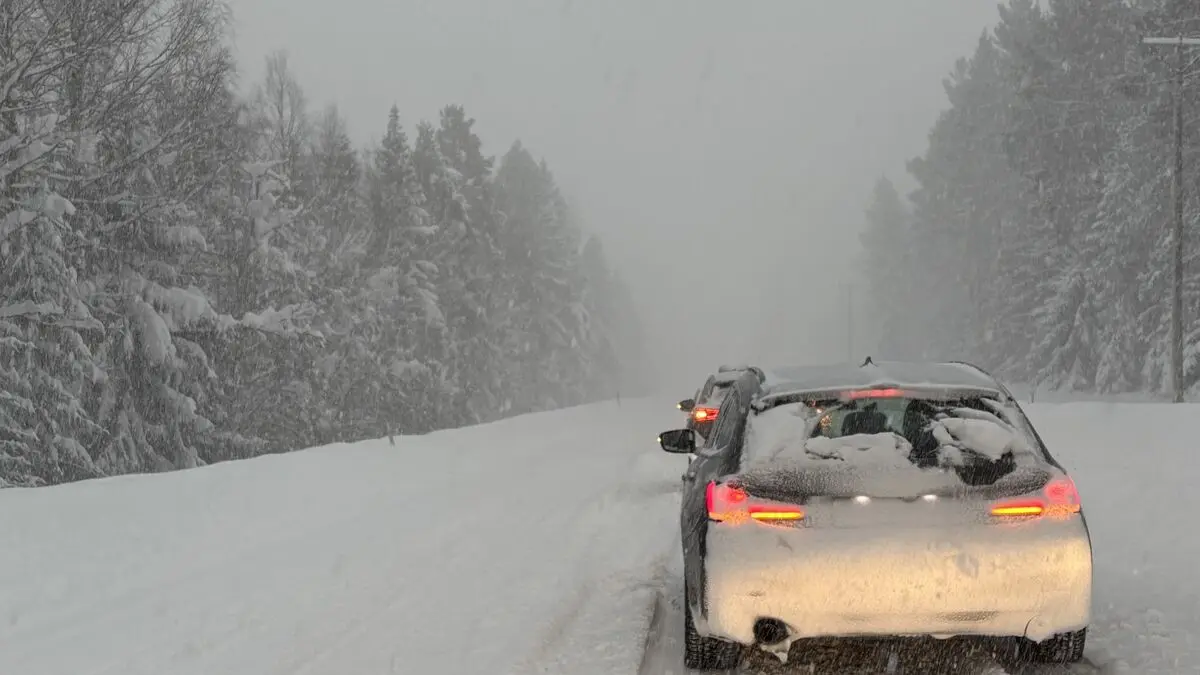To get a Brittsummer, there must be a warm and sunny period around St. Birgitta's Day, and beforehand, there should have been a cooler and more autumn-like period, says Linnea Rehn Wittskog, meteorologist at SMHI.
However, it does not look like it will be the case this year.
It does not look like there will be extremely warm and summer-like weather in the coming days. I would not call it a Brittsummer since it's heading towards unstable weather, says Linnea Rehn Wittskog.
Saturday and Sunday may see some sunshine, mainly in eastern Svealand, eastern Götaland, and on Gotland. But temperatures of 11-14 degrees are quite normal for the time of year.
It may get a degree or two warmer at the beginning of next week, but at the same time, rain and wind are expected.
So it won't feel particularly summer-like. In northern Sweden, it will be significantly colder, and tonight, there may even be some snowfall, says Linnea Rehn Wittskog.
There is no strict meteorological definition of what constitutes a Brittsummer.
It's a bit in the eye of the beholder, says Linnea Rehn Wittskog.
Therefore, it's difficult to keep statistics. But according to SMHI, there have been a few years that stood out with warm October months: 2018, 2005, 1995, and 1973.
In 1999 and 2000, it was, according to SMHI, "very warm" autumns, but no Brittsummer since the warm period was not preceded by temporarily cooler weather.
A Brittsummer is when sunny and warm days return around St. Birgitta's name day on October 7, after a more autumn-like period.
It's not a defined meteorological concept.
According to SMHI, there is a legend behind the phenomenon. It's about St. Birgitta feeling sorry for the Northerners who had such a cold and bleak climate, so she prayed for us. God answered, according to the legend, by giving us a few extra summer days around her name day.
Over time, the concept has been watered down, and sometimes people talk about a Brittsummer even with milder weather in September.
Source: SMHI.






